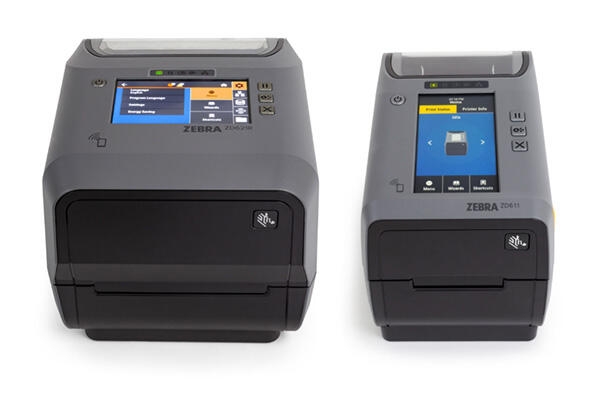RFID printers print and encode information simultaneously on RFID inlays and labels. They automate the tag encoding process saving you time. TSC mobile RFID printers can print not just human-readable information and numbers but also 1D and 2D barcodes and graphics.
Kinds of RFID Printers
RFID printers differ from each other in many ways. One way is how these printers are used such as mobile, industrial, or desktop printers. Also, they are categorised based on RFID tag compatibility often by tag frequency or specialised kinds of tags.
- Printer usage. An industrial printer is made to last a long time and can be used in the majority of application environments. It is ideal for demanding applications that have a big volume of labels. Meanwhile, desktop printers are utilised in office-like environments. Usually, they are used for printing low volume of labels every day. Lastly, mobile RFID printers can be quite convenient, particularly in big spanning applications like shipping yards and warehouses.
- Tag type. UHF passive RFID printers are the most common kind of RFI printers. They come with encoders that run at the frequency range of 860-960 MHz. But HF and NFC printers are also available. Such printers run at the frequency range of 13.56 MHz. Another kind of tag-based printer is specialised printers for tags such as RFID cards and badges, all-surface labels, and foam-backed tags.
Direct vs Thermal Transfer
Direct thermal printing must consistently print images or text such as printing receipts. Direct thermal printers are pricier than Laserjet printers or generic ink printers. But they don’t need to be regularly supplied with ink, the investment is lower in the long term. This printing method is not meant for items that must be labelled for a long time as the text will fade over time.
Meanwhile, thermal transfer printing is used in RFID label printing as it resists environmental elements and has a longer lifespan. In this printing method, a ribbon is in between the label and the printhead. The ribbon keeps dust and dirt out of the printed images or text as well as prolongs the printhead’s lifespan.
Printer Maintenance
An RFID printer must be cleaned regularly. If it is exposed to lots of dust, dirt, or ash, it can slow down or even stop working when debris has accumulated inside the unit. If your printer is in this kind of environment, ensure to clean it every two weeks. Even if the printer is in a clean environment, it still has to be cleaned once every month to ensure dust doesn’t impact the device’s print quality and speed.



